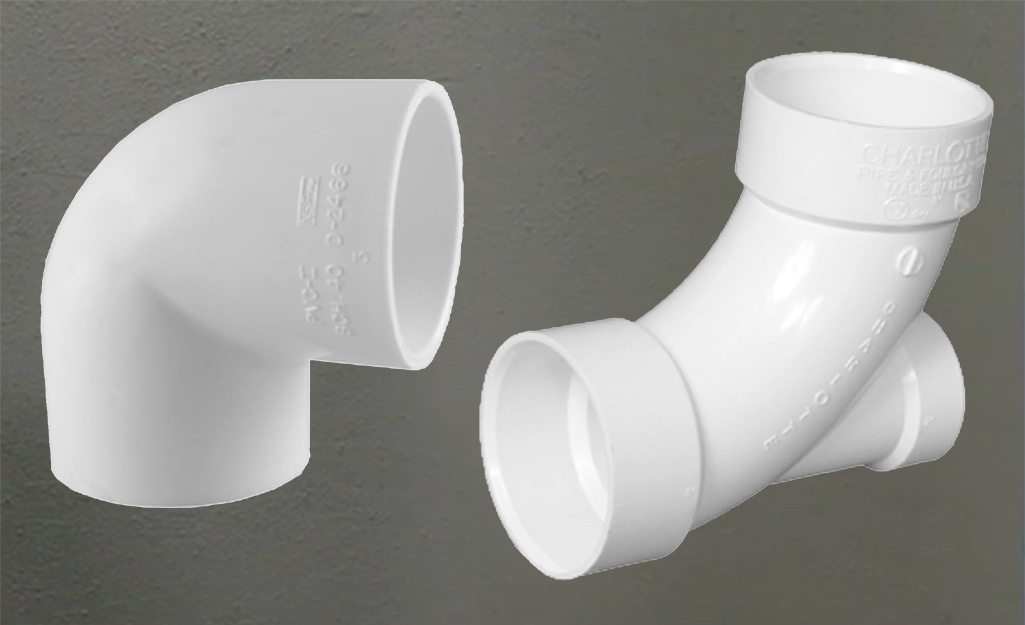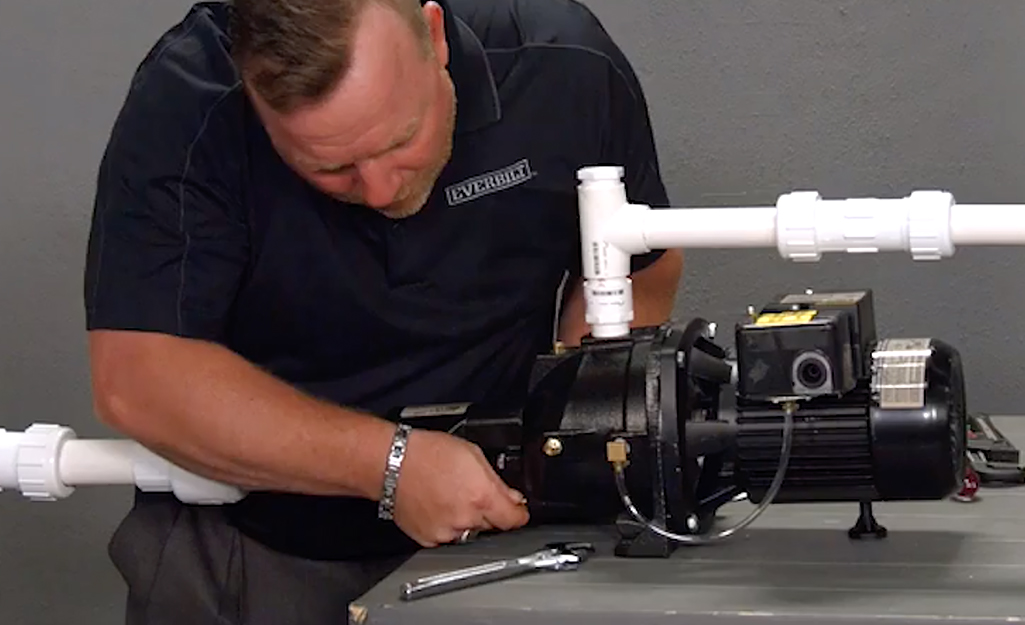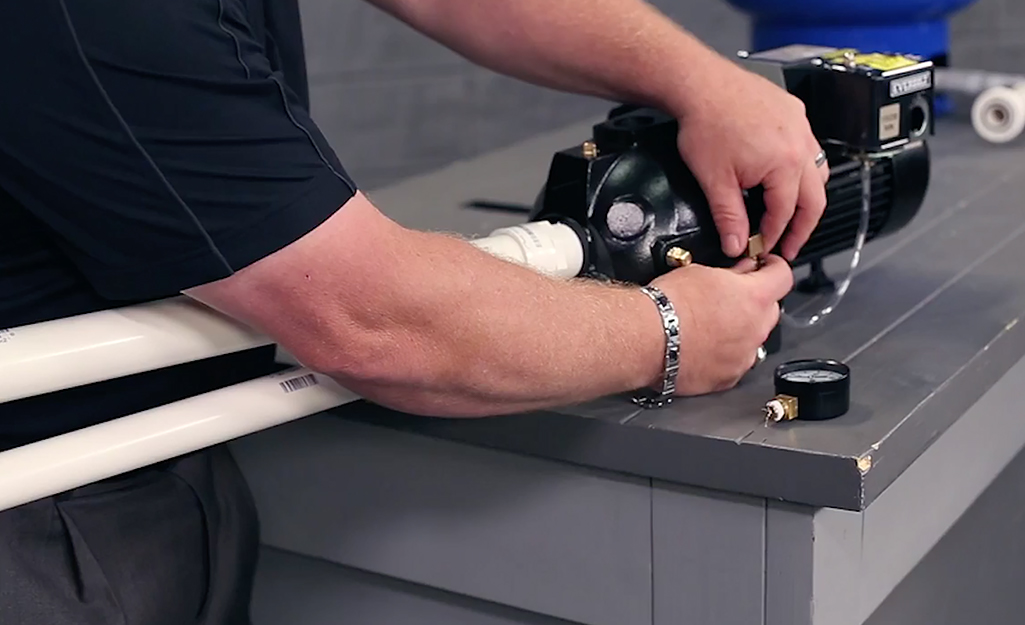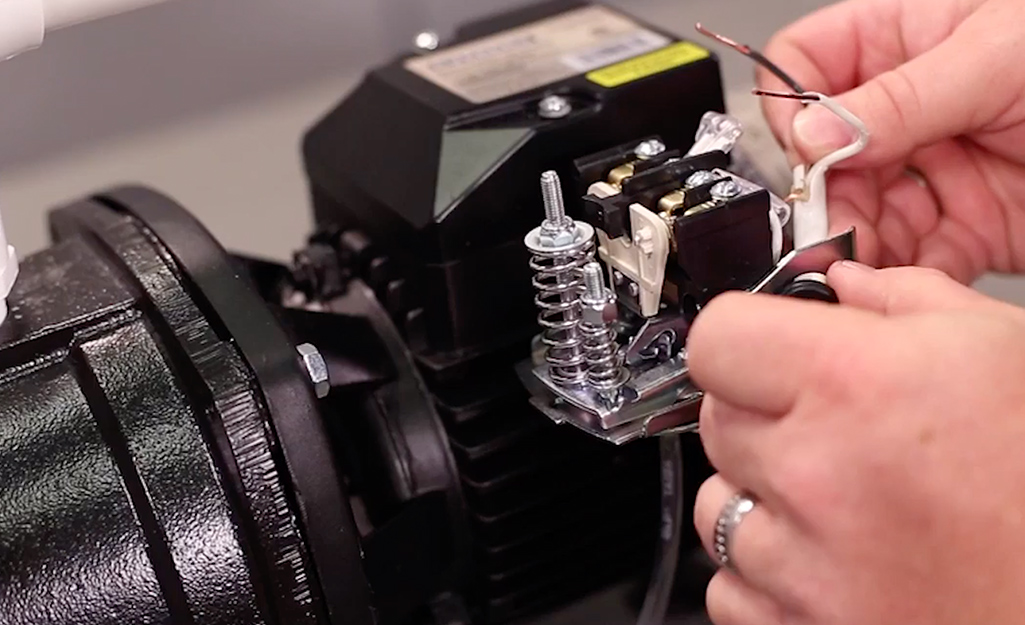How to Install a Well Pump

Last updated January 15, 2025
Well pumps are used to bring water from an underground water table into a well where it is more easily accessible. An electromechanical system then moves the water from the well to an individual home or other structure. When it comes to installing a well pump, you have a choice between shallow well pumps and deep well pumps.
Choose the right type for your particular well. Both systems require different installation methods as well, as does replacing an existing unit with another model. This guide will help you learn how to install a well pump or replace an existing one on your property.
Difficulty:
Advanced
Duration:
Over 1 day
Table of Contents
What You Will Need to Install a Well Pump
Which Well Pump Should I Buy?
How to Install a Shallow Well Pump
How to Replace a Shallow Well Pump
How to Install a Deep Well Pump
Wiring a Well Pump
What You Will Need to Install a Well Pump

Before you can install a shallow well pump, deep well pump or replace an existing unit, you'll need to ensure that you've got the right tools for the job. However, the tools and materials you'll need will vary depending on the kind of pump you're installing or replacing, and on the manufacturer's instructions.
Below, you'll find a selection of commonly used tools and materials required for well water pump installation. Note that you may need others depending on the pump you're installing.
- Pliers: You'll use a pair of pliers to attach nuts and bolts to the pump during the installation process.
- Piping: During the installation, you'll run piping from the well to your home or structure where the water will be used.
- Crimp connectors: You'll use crimp connectors to securely connect the piping to the well pump.
- Wire strippers: Wire strippers, sometimes called wire cutters, will likely be required to connect electricity to your well pump. Always follow the manufacturer's wiring diagram when stripping wire and connecting electricity.
- Rope or string: A piece of rope or string is commonly used to measure the depth of your well. Fasten a strong rope to your deep well pump when lowering it into the ground so you won't lose it.
Which Well Pump Should I Buy?

For a successful installation, you’ll need to select the right well pump for the job. You can figure out which pump is best based on water table measurements.
Water tables are denoted as either high or low. The depth of your water table will determine which kind of pump you need and the best place to put it. Here's a little more information on water tables and water level:
- High water tables: A high water table is a stable, potable source of water 25 feet or less below ground. A jet pump, convertible jet pump or shallow well pump is typically used for high water table installations.
- Low water tables: A low water table is a stable, potable source of water 25 feet or more below the ground. A deep well pump is used for this kind of water table.
How to Install a Shallow Well Pump

Installing a shallow well pump varies depending on the type of pump you're installing. That's why it's important to always follow the manufacturer's instructions for installation.
There are some basic installation guidelines you can use as you tackle the project. Here's the basics of how to install a shallow well pump:
- Cover the well to keep foreign objects from falling in. They could contaminate the water or damage the system.
- Install the shallow well pump according to manufacturer's directions. Be sure all pipe joints in the suction pipe are airtight and watertight.
- Adjust the pump mounting height to meet the plumbing connections as needed. Support the pipe so the body of the pump isn't pulled down by the piping or fittings.
- Install a one-way check valve in the feed line that goes to the pump. This will keep water in the shallow well pump and the plumbing system instead of going back down into the well.
- Run the shallow well pump and check several water samples before you use them. The water should be clean and free of silt, sand or other materials before you use it.
- Consider adding a well pressure tank when installing or replacing a shallow well pump. This will help keep the water pressure constant and reduce wear and tear on the pump motor.
- Jet pumps, which are primarily used for shallow wells less than 25 feet deep, should be placed in a well housing and then mounted above the well in a separate well house or structure.
Safety Tip: All electrical and plumbing work must meet local and national codes and regulations. Whether you are installing or replacing a shallow well pump or a deep well pump, be safe and call a licensed professional for installation, replacement and wiring help when needed.
How to Replace a Shallow Well Pump

When replacing a shallow well pump, it's usually best to replace your old model with a new model of the same horsepower. However, you may want to install a pump with more horsepower if you have a new household member, have added new appliances or fixtures or feel that you may use more water in the coming years.
Here's the basic process for replacing a shallow well pump:
- Disconnect the power supply to the existing pump or motor. Drain the pressure from the system and drain all the water from the system. Be sure the discharge line is held down while you are doing this, as it can move around and cause serious injury or damage.
- Cover the well while you are replacing the shallow well pump to prevent foreign objects or tools from falling in.
- Remove the old pump. Replace the old line if it shows signs of rust, scale, lime or other damage.
- Install the replacement pump, following the manufacturer's directions.
Run the pump and check several water samples before you use it. The water should be clean and clear of silt, sand and other materials before you use it.
How to Install a Deep Well Pump

Deep well pumps are typically harder to install and require more physical work than shallow well pumps because the pump, well pump wire and piping are heavy and harder to lower into the well. Removing the old pump is also difficult since it can be very heavy.
How you install a deep well pump depends on the pump you're using. Here are a few tips to help you tackle an installation correctly:
- Check product ratings to find a deep well pump designed for the depth of your well. If you don't know how deep your well is, attach a weight to a string at least 500 feet long and drop it into the well until it touches bottom. Mark the string where it is level with the ground.
- Consider a larger pump than your depth indicates, especially if you're pumping water uphill or over a long distance. Ask a professional for recommendations if you're not sure which well pump is right for you.
- Look for a pump control box with the same horsepower rating as your deep well pump.
- Install a one-way check valve. Check valves allow water to run in only one direction so water can't go back into the well when the pump is off. Check valves also help get the water flowing when the pump is turned on.
- Consider adding a pressure tank to the well pump to keep the water pressure constant. Installing a pressure tank can also reduce the wear and tear on the pump motor.
- Carefully follow all the manufacturer's directions that came with your well pump. If you're not sure about any part of the process, you may want to consult a licensed professional to help or take over your installation. Installing a deep well pump is not an easy DIY task.
Wiring a Well Pump

Wiring a well pump presents several challenges that may confuse novice and DIY installers. Here are a few things you'll need to be aware of when wiring a well pump:
- Crimp-on wire connections can corrode and eventually fail in wet environments. Avoid them whenever possible.
- You may need to add additional pump wire. In some cases, the wiring that comes with a deep well pump isn't long enough and additional wires must be spliced, soldered together and protected with waterproof, heat-shrink tubing.
- Two-wire deep well submersible pumps have built-in controls. These typically require the least amount of equipment outside of a manual simple pump.
- Three-wire pumps need a separate control box. That means more equipment, but often a more efficient system as well.
Wiring a well pump can be a tricky task - one that's often best left to a professional. Remember that your well pump wiring will also need to meet local safety codes and an inspection may be required.
Wells have been used on rural properties, farmland and in residential spaces for ages. A useful method for getting water to your home or other structure, wells and well pumps can be complex to install or replace. Advanced DIY skills are often needed to complete this type of project, as well as a little assistance.
Ready to try your hand at installing a well pump or replacing an existing one? Don't worry if you don't own all the tools needed to complete this DIY project. Rent toolsfor any project at The Home Depot.



























